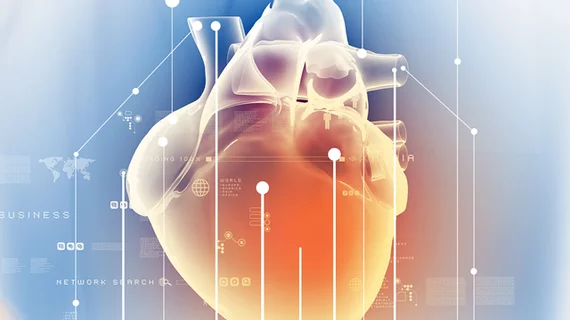3D printing may prevent paravalvular leak in high risk patients
Research about 3D printing's potential to help clinicians select the right size for transcatheter heart valves and avoid paravalvular leak (PVL) was presented at SCAI 2018, according to an article published April 27 by Cardiovascular Business.
Researchers examined six patients who developed PVL after transcatheter aortic valve replacement (TAVR) for severe aortic stenosis. Using preprocedural CT images, they created 3D models for each patient's aortic root.
"Then, they implanted the models with the valves the patients actually received and ran CT scans on the models," according to Cardiovascular Business. "In each case, the implanted models showed the same leaks that were evident on post-TAVR echocardiograms, suggesting paravalvular leak could have been prevented altogether with preprocedural 3D printing."
Led by Sergey Gurevich, MD, a cardiovascular fellow at the University of Minnesota, the team hopes 3D printing evolves in its use to improve patient care.
Read the full story at the link below:

